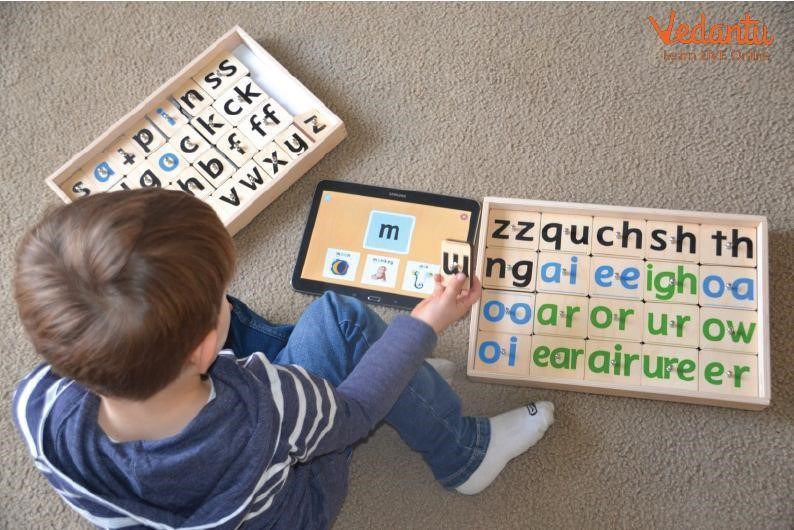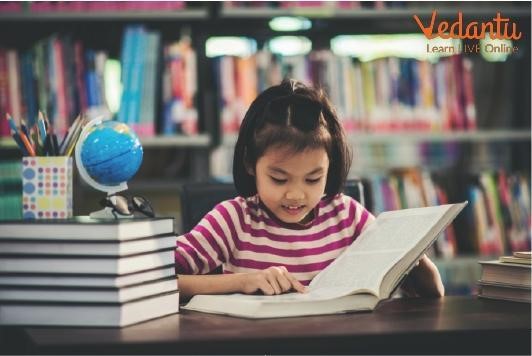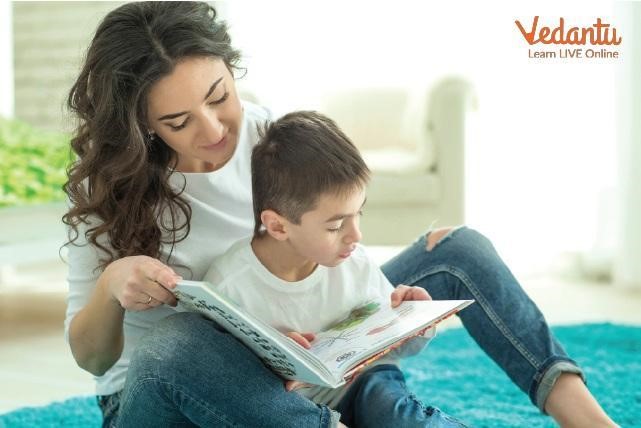




Phonics Sound: Jolly Phonics
Phonics sound includes matching the sounds of spoken English with individual letters or groups of letters. For instance, the sound k can be spelled as c, k, ck or ch. Teaching kids to mix the sounds of letters together helps them with decoding new or unknown words by sounding them out.

Kid Learning Phonics Sound Chart
With Jolly Phonics, the sounds are shown in a particular order (not alphabetically) that makes learning the letters in order simple and fun. This enables kids to start building words as soon as could be expected. The letter order is as per the following:
1. s, a, t, i, p, n
2. ck, e, h, r, m, d
3. g, o, u, l, f, d
4. ai, j, oa, ie, ee, or
5. z, w, ng, v, oo, oo
6. y, x, ch, sh, th, th
7. qu, ou, oi, ue, er, ar
The five skills that kids learn in Jolly phonics are:
Learning the Letter Sounds: Kids are taught the 42 primary letter sounds. These include letters in alphabet sounds as well as digraphs, for example, sh, th, ai and ue.
Learning the Letter Formation: Utilizing different multi-sensory strategies, kids figure out how to frame and write the letters.
Blending of Words: Children are shown how to mix the sounds together to read and write new words.
Identifying the Sounds in Words (Segmenting): Listening to the sounds in words gives kids the best beginning for further improving spelling.
Tricky Words: Tricky words have unpredictable spellings and kids become familiar with these independently.

Kid Learning
Phonics Words
A phonic sound is one that is made by a letter, such as the "o" in "to," a combination of letters, such as the "sion" in "expression," or a simple letter that sounds like its letter name, such as the "o" in "go."
In some phonics programmes, kids first learn the letters s, a, t, n, i and p. This is so that kids can arrange those letter sounds after they are familiar with them into a number of different words (for example: sat, tip, pin, nip, tan, tin, sip, etc.).
Phonic Sounds A to Z Chart
Digraphs Lists
Consonant Blends Lists
Diphthongs Lists

Mother Teaching her Kid
Summary
Phonics is the sound-symbol relationship between spoken and written language.
When you learn that the alphabet B has the sound of /b/ and that "tion" sounds like /shun/, you are learning phonics.
Phonics is a body of knowledge consisting of 26 letters used to symbolize 44 English speech sounds.
Blending sounds together make a phonic word.
FAQs on Phonics Sound: Jolly Phonics Explained for Kids
1. Why should children learn phonics?
Learning phonics helps children learn to read because instead of depending on remembering words by shape or guessing them based on picture hints or first letters, they can read new words by sounding them out and mixing those sounds together. As English uses the letters of the alphabet to represent sounds, it is crucial that kids learn the links between letters and sounds. Phonics teaches kids how to read. Children discover the sounds that each letter makes as well as how the arrangement of the letters affects the meaning of a word.
2. Could all words be decoded using phonics?
No. There are a lot of 'interesting words' (also called exemption words) which are not so easy to sound out, including a few valuable well-known words like 'the' and 'was'. These must be remembered, however, most words can be decoded phonically.
Words can be decoded by readers by using their phonemic awareness and phonics understanding to convert written words into sounds. These abilities are necessary to become a skilled reader. "In alphabetic systems, letters or groupings of letters (graphemes, such as b /b/ and ph /f/) are used to represent the language's phonemes.
3. What is the most effective way to learn phonics?
Research recommends that the best and most effective way to learn phonics is to give preschoolers a lot of training. Allow the kids to read short, simple books containing the specific letter sounds or words they're working at. Ask them to read the brief, simple books that contain the specific letter sounds or words they are practicing. Provide kids a good effective picture book with simple words to read on their own. This type of book or stories help them to learn phonics in a better way.















